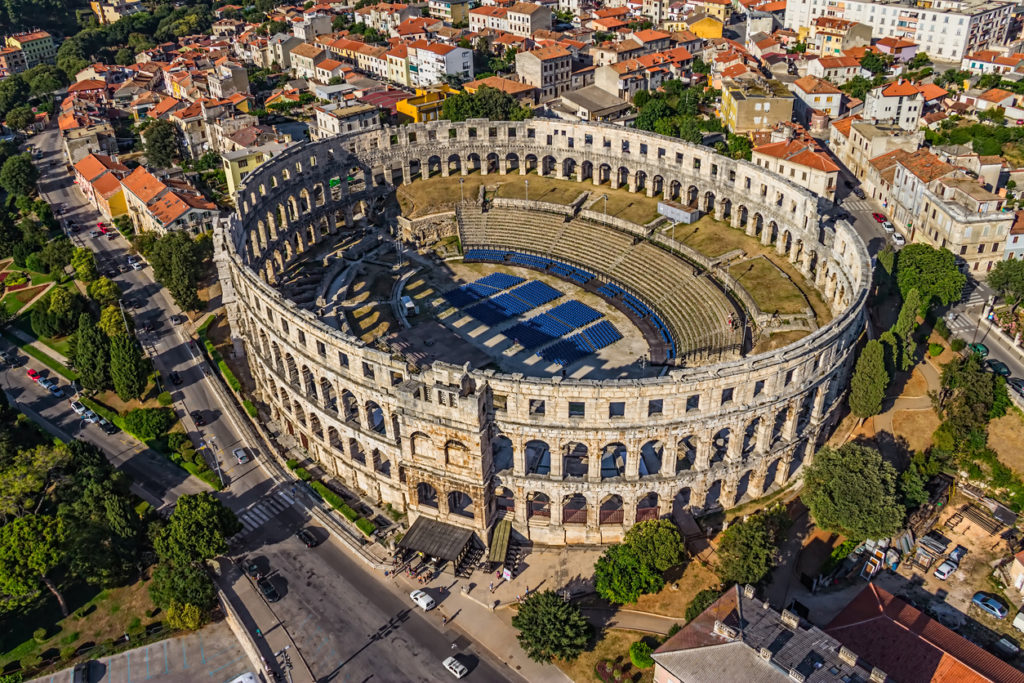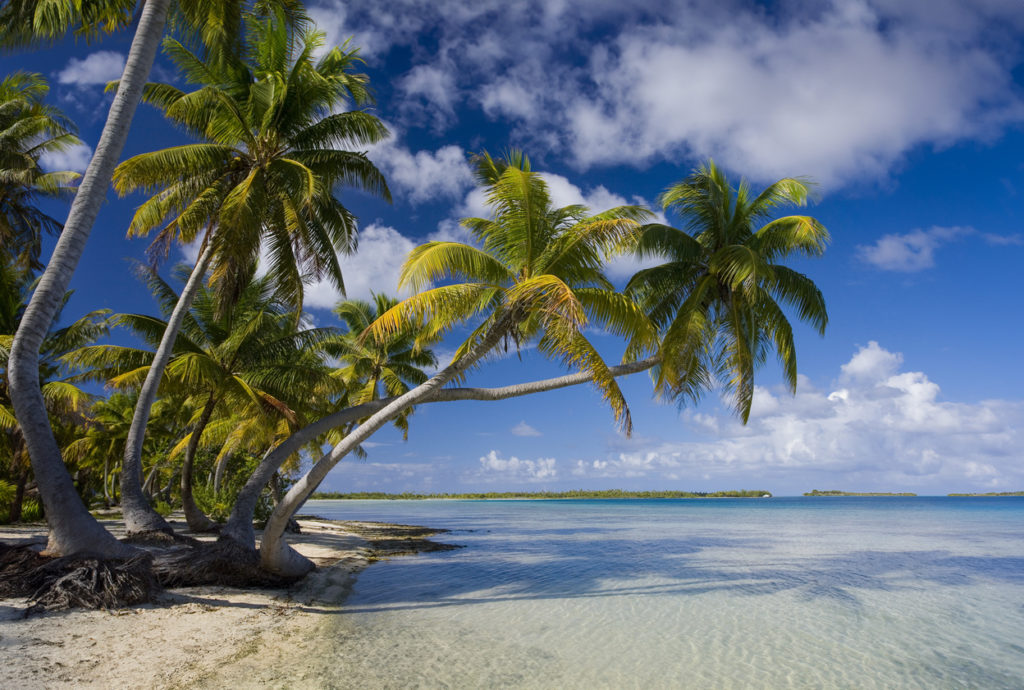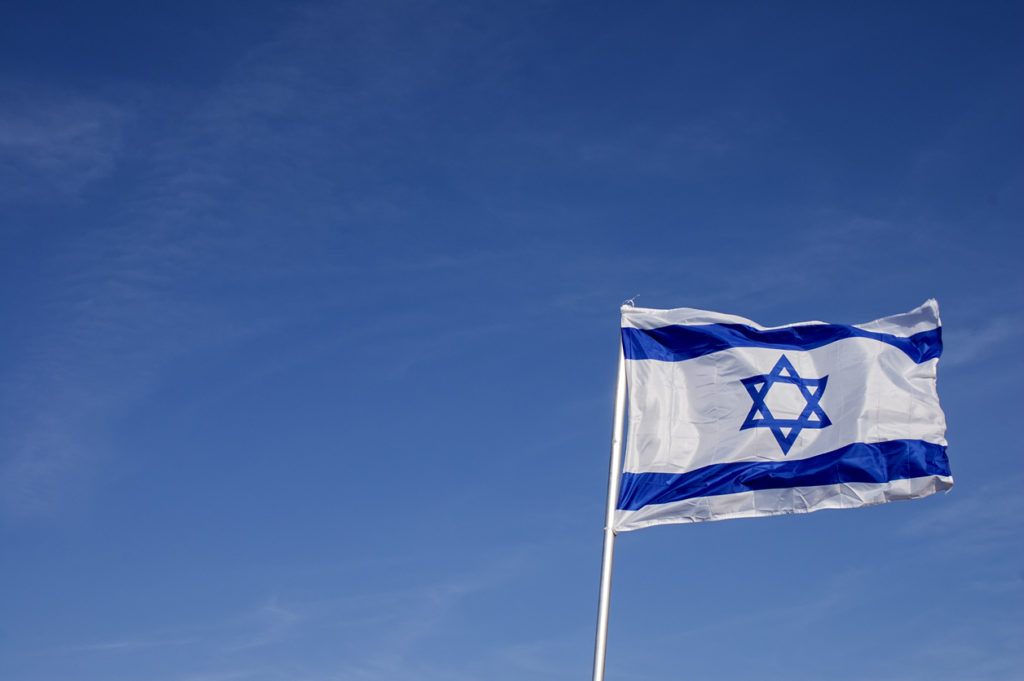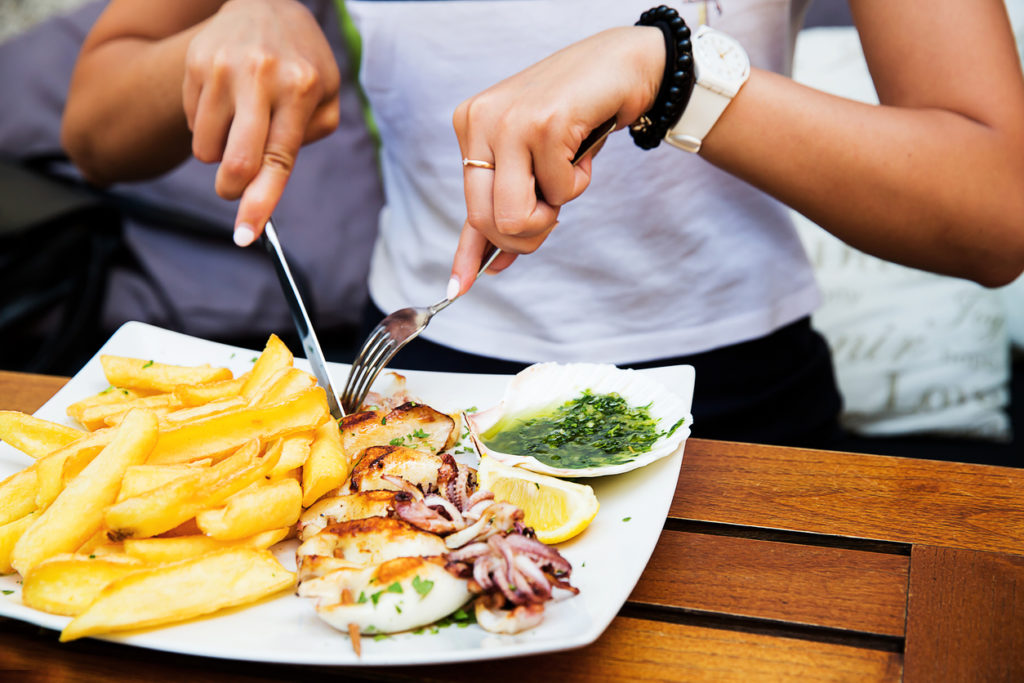
Eating out in Croatia is an incursion into the country’s rich and fascinating past. Croatian cuisine is about so much more than just the way Croatians cook their meat or season their fish. Every dish seems like a history lesson beautifully laid out on your plate. Croatian cuisine will teach you about the country’s Italian roots, Ottoman influences, Middle Eastern connections, and Balkan staples. Whether you’re pampering your taste buds with Mediterranean dishes or elegantly silence your hunger with delicious meat dishes, you can expect a festival of flavors and aromas.
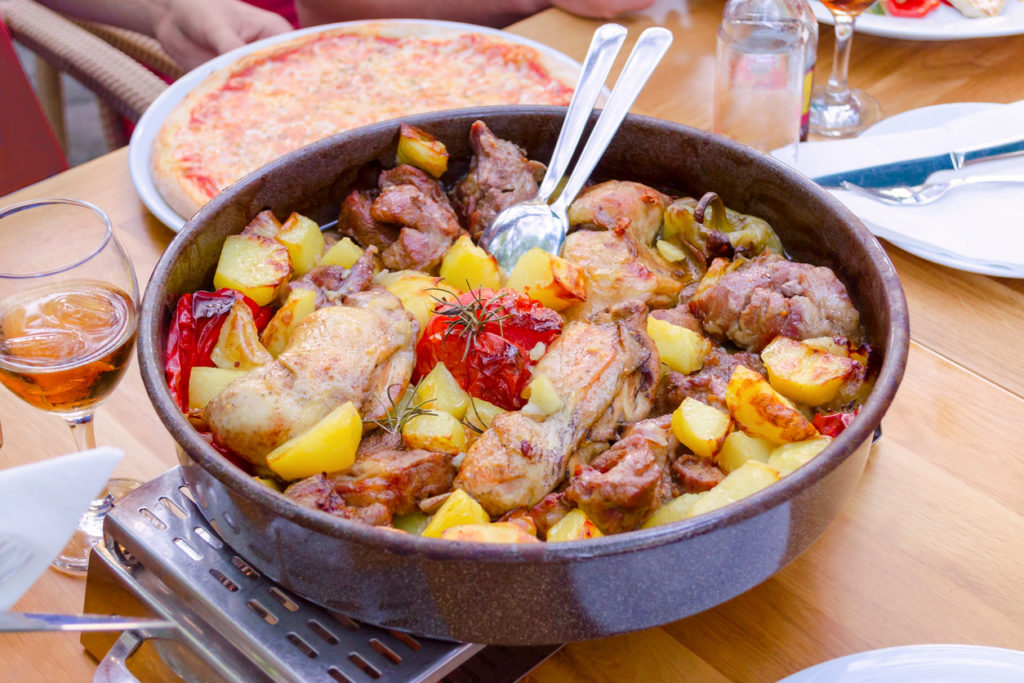
Croatia may be a small country but each region has its own staples and specialties. It’s not enough to go for the most popular Croatian dishes to capture the country’s culinary essence. You need to delve deeper into its traditions and cooking universe to discover the country’s culinary heritage.
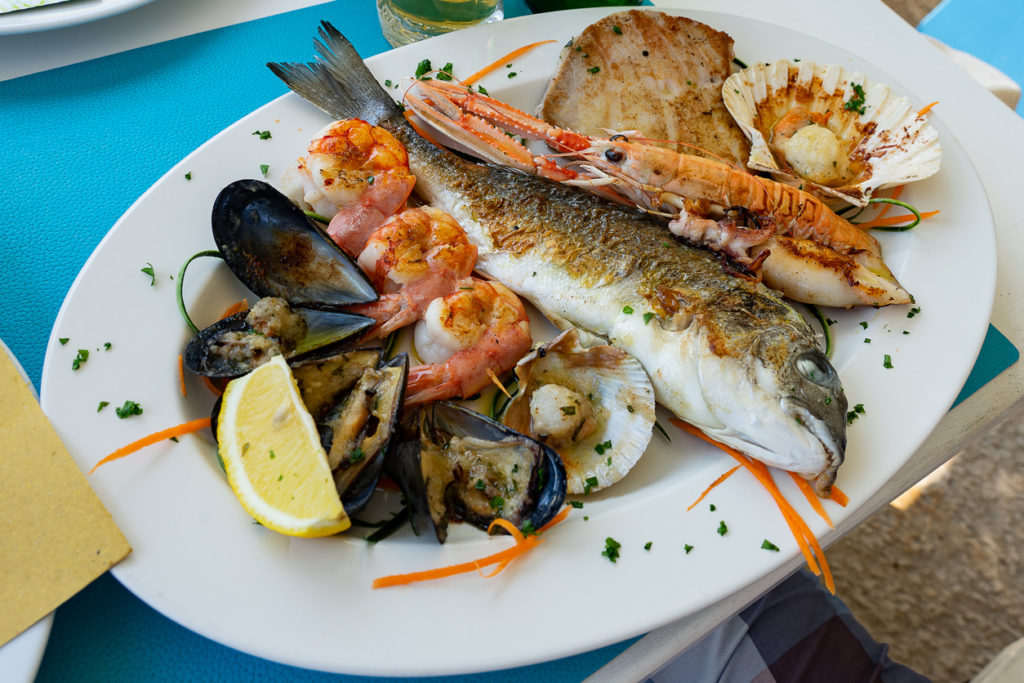
Dalmatian cuisine
Dalmatian cuisine surprises with a delicious simplicity. Dalmatia’s culinary specialties are light and fresh, mostly based on olive oil, herbs, and spices. Due to its easy access to seafood and fish, the cuisine of Dalmatia boasts mouth-watering dishes like seafood stew, fish soup, and black risotto. Expect almost every dish in Croatia to be soaked in olive oil but cooked light, in water, or on a grill. The famous peka, a baked dish with meat and vegetables, is one of the most appreciated Dalmatian specialties due to its method of baking – under a bell-like lid covered in embers.
However, don’t think that Dalmatian menus don’t include meat. On the contrary! Dalmatians love their meat whether it’s veal, lamb, or poultry. The Dalmatian prosciutto is praised by tourists, as is their pašticada, a meat-based specialty usually made with beef and served during special occasions. Meat is often reserved for festivities in Dalmatia, while vegetables and fish are part of the Dalmatians’ daily menus.
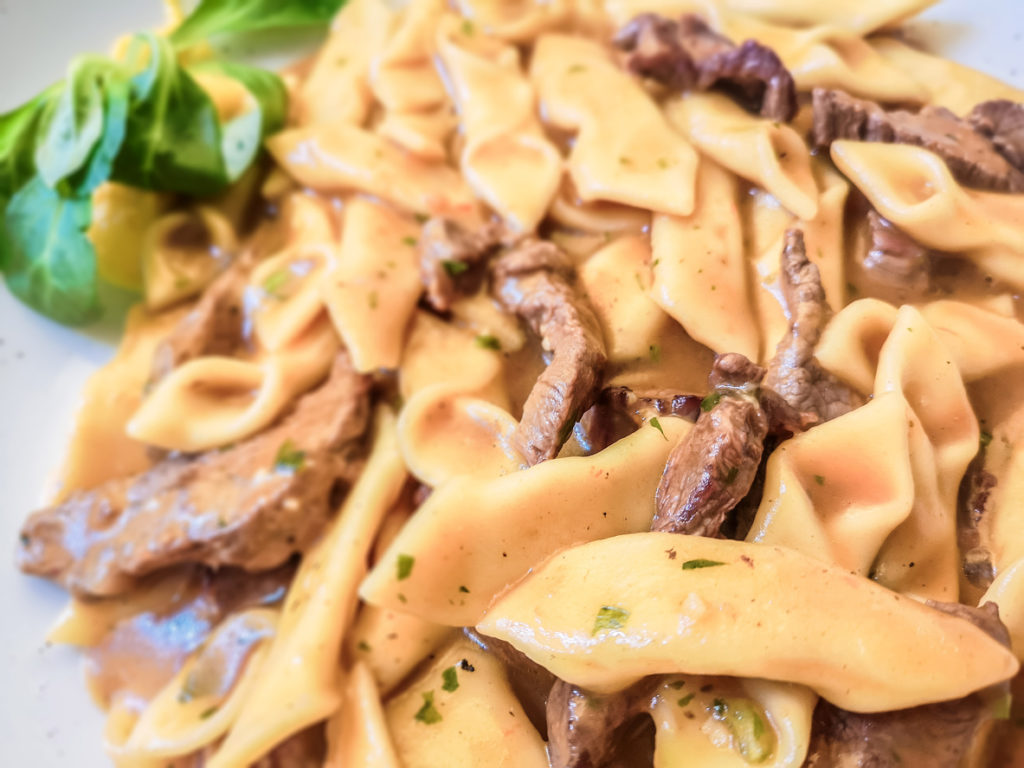
Istrian cuisine
Even though Istria shares the same coast with Dalmatia, their cuisine is rather different. You will find the same abundance of fish, seafood, herbs, and olive oil, specific to the Mediterranean cuisine, but Istria is also the land of homemade pasta and truffles. If you want to try their most popular pasta dishes, don’t hesitate to order fuži (quill-shaped pasta) in venison or pljukanci (spindle-shaped pasta) with asparagus. You’ll often find fuži pasta in different stews, alongside mushrooms, chicken, or truffles.
Truffles have their own special place in the Istrian menu. Whether they are black or white, these elegant and praised mushrooms are considered to be an aphrodisiac and often find their way in dishes like pasta, strukli (pastry filled with cottage cheese and sour cream), or fritaja (scrambled eggs). Another common presence on the local menus is the Istrian ham and manestra or what we may simply call bean soup. Cooked for many hours on a low fire and abounding in cured meats, manestra is made with a delicious paste that contains pancetta, garlic, and parsley. Eating out in Croatia is such a delight no matter what region you are in.
Cuisine of Kvarner
The region of Kvarner may not be as famous as Dalmatia or Istria but it’s certainly has a thing or two to say when it comes to the diversity of the Croatian cuisine. Sandwiched between the two major regions of Croatia, Kvarner invites hungry visitors to pamper their olfactory sense with the scent of lavender and sage and their taste buds with fish, mollusks, herbs, and cheese. The region beautifully blends the subtle and fresh flavors of the coastal area and its islands with the hearty and nourishing specialties of the mountain area. Plates are often filled with an abundance of vegetables and fruits, including figs and grapes. Cheese comes from the island of Pag and is famous all around Croatia. Made of goat milk, the Pag cheese has won the award for the best goat cheese in the world at the Global Cheese Awards in 2017. Pag also brings to the table sensational prosciutto and lamb meat.
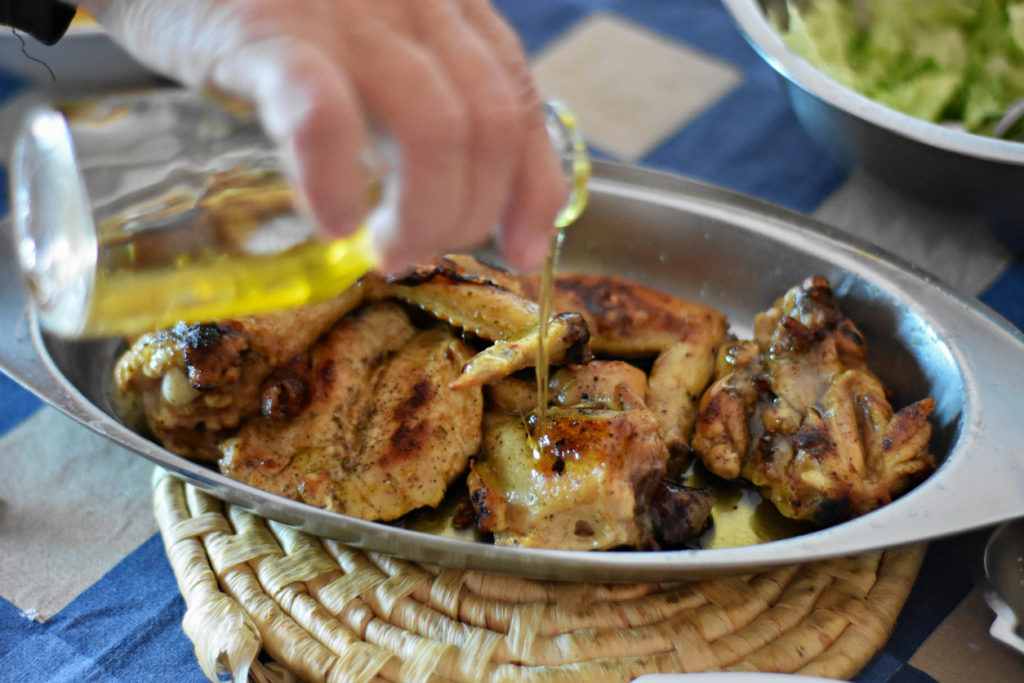
Continental cuisine
Influenced by the seasons of the year, the continental cuisine of Croatia is big on meat dishes, potatoes, and beans. Since they have to endure harsh winters and have no access to the sea, people living in the continental region of Croatia rely on pork, poultry, and venison, accompanied by potatoes, beans, cabbage, and onion, especially during the cold months. Soups are often their lunch choice. Whether they are made with beef or chicken, soups are always served with homemade noodles or dumplings. Potato soup reigns supreme in winter, as do bean and cabbage soup with paprika and garlic.
If you want to taste the most popular meat dishes in the region, start with tiblica, a local specialty based on smoked pork stored in a wooden barrel. The pork fillet stuffed with dry plums is a culinary hit around these parts, charming its audience with cream and šljivovica sauce. The continental region of Croatia is famous for its plums that often become the famous brandy called šljivovica. The local menus include paprikaš too, a dish borrowed from Hungary, as well as aspic specialties.
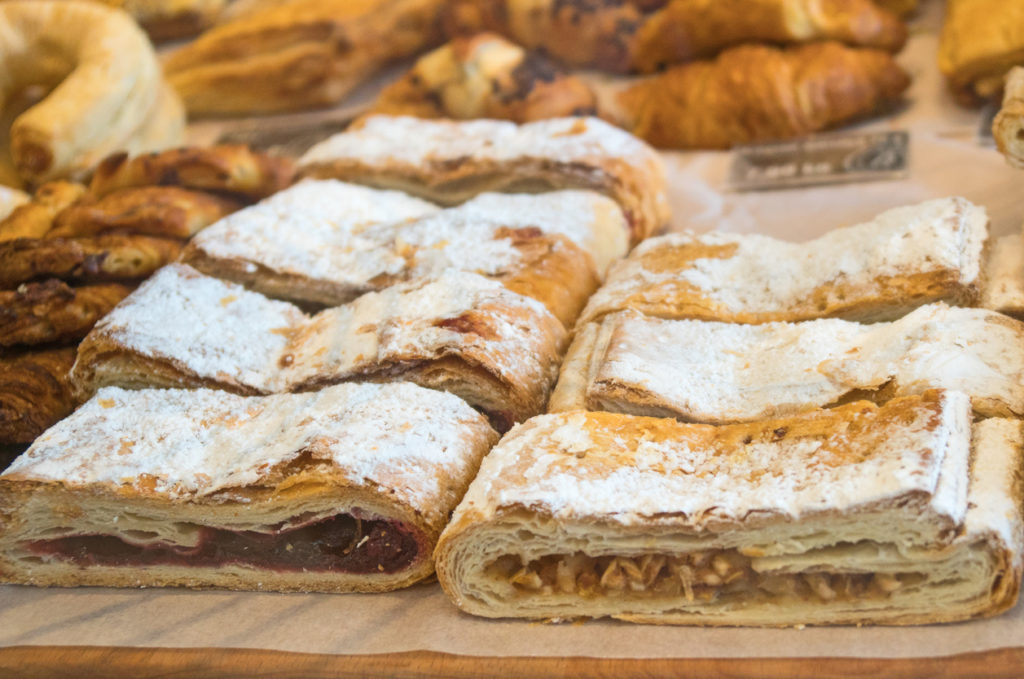
Croatian desserts
When it comes to desserts, Croatians love their pastry. Whether it’s krostule, a traditional pastry deep-friend in oil and sprinkled with powder sugar, cherry strudel, prepared with phyllo dough and stuffed with walnuts and raisins, or krempite, a version of the mille-feuilles cake reinvented by the Croatians with puff pastry and custard or chantilly cream, their pastry desserts are memorable. The little battered doughnut balls called fritule are one of the most famous Croatian desserts, so beloved that they are often included in the Christmas menu of every Croatian. Croatians also love their crepes or as they call it palačinke, usually served after dinner and stuffed with chocolate or jam, as well as paprenjak, a traditional biscuit prepared with a surprising mix of honey and black pepper.
If you like this article we would highly recommend you visit the website Kitchen Toast who has also written a fabulous article on Croatian food. Click here.



